TOP 10 LARGEST ANIMALS On The Planet
Description
TOP 10 LARGEST ANIMALS On The Planet
If you're new, Subscribe! → http://goo.gl/djmfuX
Top 5 Best is the #1 place for all your heart warming stories about amazing people that will inspire you everyday. Make sure to subscribe and never miss a single video!
#viralstory #amazingpeople #top5best
TOP 10 LARGEST ANIMALS On The Planet
In the animal kingdom, sometimes big is definitely better, and these animals on our list are definitely
some of the biggest out there. Today we will take a look at 10 of the largest animals on the planet.
Number one will forever be the largest animal to have ever existed, unless scientists find something to
grab its throne. Stay tuned to find out what it is.
Number 10. The Japanese Spider Crab
We start things off with an animal not only known for its incredible size, but also by its nightmare
inducing appearance. The Japanese spider crab is a species of marine crab that lives in the waters
around Japan.
It has the greatest leg span of any arthropod, reaching up to 12.1 ft. from claw to claw. The body may
grow to a size of 16 in in carapace width and the whole crab can weigh up to 42 lbs —second in mass
only to the American lobster among all living arthropod species.
The Japanese name for this species is taka-ashi-gani, literally translating to “tall legs crab.” It also has a
unique molting behavior that occurs for 103 minutes, in which the crab loses its mobility and starts
molting its carapace rear and ends with molting its walking legs. It’s pretty hard to describe in words so
here’s a video of it. https://www.youtube.com/watch?v=TFyh0IFie-k
That’s either one of the most amazing things you’ve seen or one of the most terrifying.
Number 9. The Green Anaconda
A member of the boa family, South America’s green anaconda is, pound for pound, the largest snake in
the world. Its cousin, the reticulated python, can reach slightly greater lengths, but the enormous girth
of the anaconda makes it almost twice as heavy.
Green anacondas can grow to more than 29 feet, weigh more than 550 pounds, and measure more than
12 inches in diameter. They live in swamps, marshes, and slow-moving streams, mainly in the tropical
rain forests of the Amazon and Orinoco basins. They are cumbersome on land, but stealthy and sleek in
the water. Their eyes and nasal openings are on top of their heads, allowing them to lay in wait for prey
while remaining nearly completely submerged.
They reach their monumental size on a diet of wild pigs, deer, birds, turtles, capybara, caimans, and
even jaguars. Anacondas are nonvenomous constrictors, coiling their muscular bodies around captured
prey and squeezing until the animal asphyxiates. Jaws attached by stretchy ligaments allow them to
swallow their prey whole, no matter the size, and they can go weeks or months without food after a big
meal.
Number 8. The Ocean Sunfish
Resembling a big floating blob, the ocean sunfish, or mola, is the world's largest bony fish. Ironically, as
big as the mola can be, it pretty much looks like just half a fish.
They develop their truncated, bullet-like shape because the back fin which they are born with simply
never grows. Instead, it folds into itself as the enormous creature matures, creating a rounded rudder
called a clavus. Mola in Latin means "millstone" and describes the ocean sunfish’s somewhat circular
shape. They are a silvery color and have a rough skin texture.
The mola are the heaviest of all the bony fish, with large specimens reaching 14 feet vertically and 10
feet horizontally and weighing nearly 5,000 pounds.
Mola are found in temperate and tropical oceans around the world. They are frequently seen basking in
the sun near the surface and are often mistaken for sharks when their huge dorsal fins emerge above
the water. Their teeth are fused into a beak-like structure, and they are unable to fully close their
relatively small mouths.
Number 7. The Capybara
You thought the beaver was a rodent of unusual size? The capybara is twice that big—the biggest rodent
on Earth. These impressive semi-aquatic mammals are found throughout much of northern and central
South America, though a small invasive population has been seen in Florida.
Capybaras are strong swimmers, with their pig-shaped bodies perfect for life in bodies of water found in
forests, seasonally flooded savannas, and wetlands. Their toes are partially webbed for paddling around,
and their reddish to dark brown fur is long and brittle—perfect for drying out quickly on land. Small
eyes, noses, and hairless ears are located high on their heads so that their faces remain exposed and
alert when most of their body is submerged.
Like other rodents, capybaras’ teeth grow continuously, and they wear them down by grazing on aquatic
plants, grasses, and other plentiful plants.

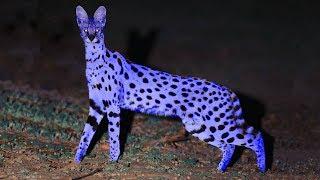
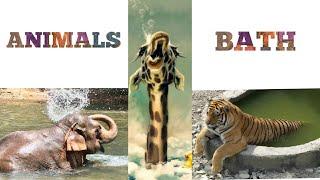






![TOP LARGEST ANIMALS OF EACH GROUP OF ANIMALS ON EARTH | WonderfulTrueFacts [WTF]](https://no-mar.com/uploads/thumbs/5333674c4-1.jpg)
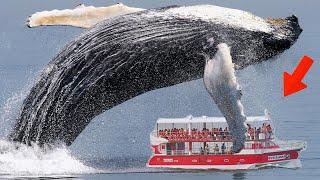


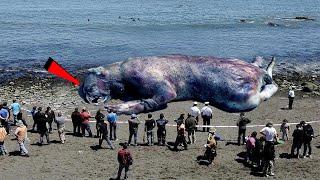
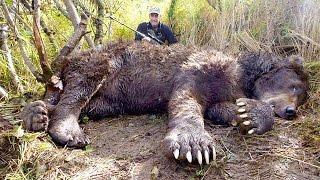






Comments